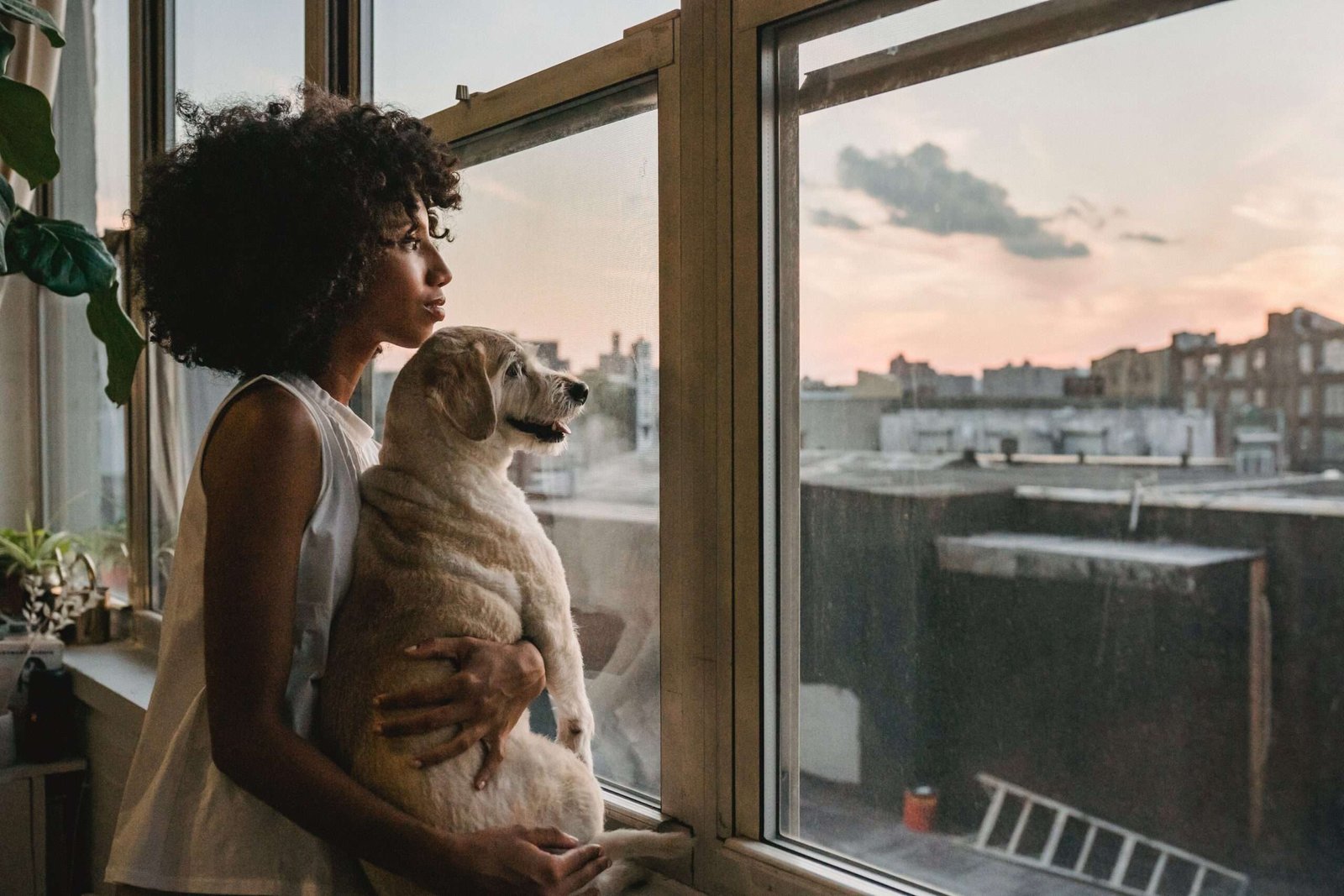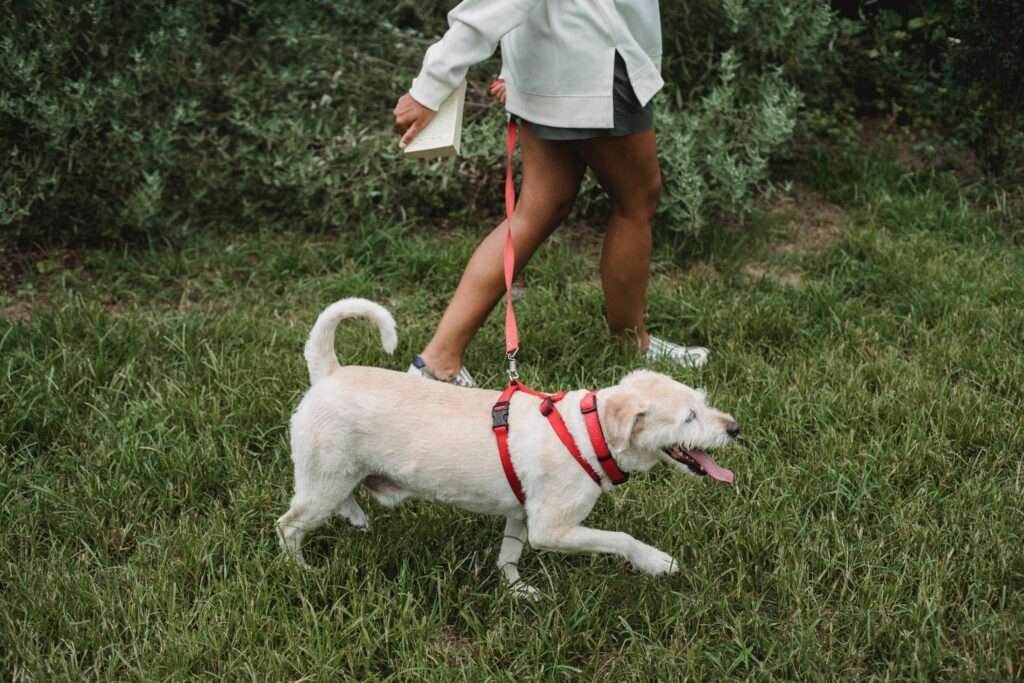
Are you a new puppy parent, eager to embark on an exciting journey of companionship and learning? Training your puppy is not just about teaching commands; it’s about fostering a strong bond and setting the foundation for a happy, well-behaved canine companion. In this guide, we’ll explore the best practices for training your puppy, including the invaluable tool of crate training.
The Best Way to Train a Puppy
Before we dive into the specifics of crate training, let’s discuss the best approach to training your furry friend. Successful training a puppy is built on patience, consistency, and positive reinforcement. This means using rewards like treats, praise, and toys to encourage good behavior while avoiding punishment.
Remember, your puppy is like a sponge, eager to soak up knowledge and eager to please you. Keep training sessions short and enjoyable to prevent frustration for both you and your pup. Additionally, consider your puppy’s age, as it plays a crucial role in the training process.
Age-Appropriate Training

Training a Puppy isn’t one-size-fits-all; it’s essential to adjust your training methods based on your puppy’s age and developmental stage. Here’s a breakdown of age-appropriate training:
- 8-12 Weeks: During this critical socialization period, focus on positive exposure to new people, places, and experiences. Begin with basic commands like “sit” and “stay,” using treats and praise as rewards.
- 3-6 Months: As your puppy’s attention span improves, you can introduce more advanced commands like “lie down” and “come.” Continue crate training, gradually extending crate time.
- 6-12 Months: Adolescence can be challenging, but consistency is key. Reinforce existing commands and work on leash training, as well as behaviors like “leave it” and “drop it.”
- 1 Year and Older: Continue reinforcing good behavior and consider enrolling in more advanced training classes if needed. Adult dogs can learn new tricks, too!
Now, let’s move on to one of the most effective training methods – crate training.
Crate Training a Puppy
Crate training is a valuable tool for teaching your puppy important life skills. It helps with housebreaking, provides a safe space, and can prevent destructive behaviors when you can’t supervise your pup. Here’s how to do it right:
Set up your dog crate properly: Choose an appropriately sized crate that allows your puppy to stand, turn around, and lie down comfortably. Make the crate inviting with a soft bed or blanket.
Use puppy treats: Treats are like magic to puppies. Use them to reward your pup for entering the crate willingly. Gradually extend the time your puppy spends in the crate, always rewarding calm behavior.
Feed meals in the dog crate: Create positive associations with the crate by feeding your puppy inside it. This helps your puppy associate the crate with comfort and safety.
Try interactive dog toys: Toys like Kongs filled with treats or puzzle toys can keep your puppy entertained in the crate. They also stimulate mental engagement, an essential aspect of puppy development.
Don’t over-crate: While crate training is a valuable tool, it’s essential to find a balance. Puppies need exercise, socialization, and time to explore their environment. Avoid leaving your pup in the crate for extended periods. A good rule of thumb is that a puppy can hold their bladder for approximately one hour for every month of age.

In conclusion, mastering basic puppy training is about patience, consistency, and positive reinforcement, all while considering your puppy’s age and developmental stage. Crate training is a powerful tool to help your puppy become a well-adjusted and well-behaved member of your family. By setting up the crate correctly, using treats and toys, and avoiding over-crating, you’ll create a safe and loving environment where your puppy can thrive.
Remember, every puppy is unique, and the key is to adapt your training methods to suit their individual needs. Enjoy the journey of training your new furry companion, and cherish the moments of growth, learning, and bonding that come with it.
